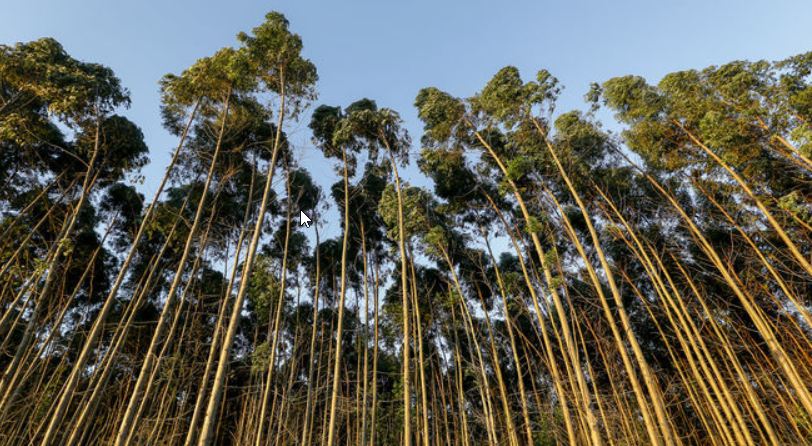
Have you looked at products made from trees lately? You know things like reams of paper, cardboard boxes and lumber? Well, if you have, you’d be aware that they are stamped with the logo of the Forest Stewardship Council (FSC) or an organization that’s equivalent to it. These nonprofit organizations certify that forests are managed sustainably. One common requirement to that is that the forest has no genetically modified trees.
Many people think this is a good thing. However, some scientists are challenging that notion. They maintain that the ban on genetically modified (GM) trees can hinder research. How? Well, they argue that the technology has important potential to remedy many of the pressing problems facing forests.
Certification of forest sustainability began to take off in the 1990s. Environmental groups, who are concerned about tropical deforestation, want to encourage people to buy products that are environmentally friendly. This means that they come from sustainably managed forests. The FSC, which is housed in Bonn, Germany, bases its certifications on a range of social, environmental and economic factors. This organization, along with The Programme for the Endorsement of Forest Certification (PEFC) in Geneva, Switzerland, have certified about 440 million hectares around the world.
The organizations themselves say that, since their inception, that have banned GM trees as a precaution against uncertain environmental risks. The ban also reflects ‘fundamental skepticism’ about the technology, including concerns that it will intensify production in tree plantations. Scientists have long countered that hundreds of field trials have proven that the technology is just as safe as traditional breeding.
A big problem with the ban, according to some scientists, is that the ban prevents managers of certain forests to plant GM trees that could, for example, better resist pests and drought. Engineered trees may be able to play a role in restoring natural forests. The American Chestnut is one tree that was almost completely wiped out by blight. Scientists have re-engineered it to resist blight. However, the tree cannot be planted in many forests it used to be in because it’s been modified.
Companies want the FSC stamp of approval. Unfortunately, this can prevent technological advances like trees that grow faster from happening. This can make life harder and more expensive for researchers conducting trials and studies on genetically modified trees. The FSC and PEFC do not plan to change their process any time soon so it seems that researchers and the nonprofits remain on opposite sides of the spectrum. What does this mean for our forests? We may never know.
We hope you enjoyed this article. We like to bring you information about trees in as many ways as possible. We invite you to continue reading our blog for the latest tree news.











